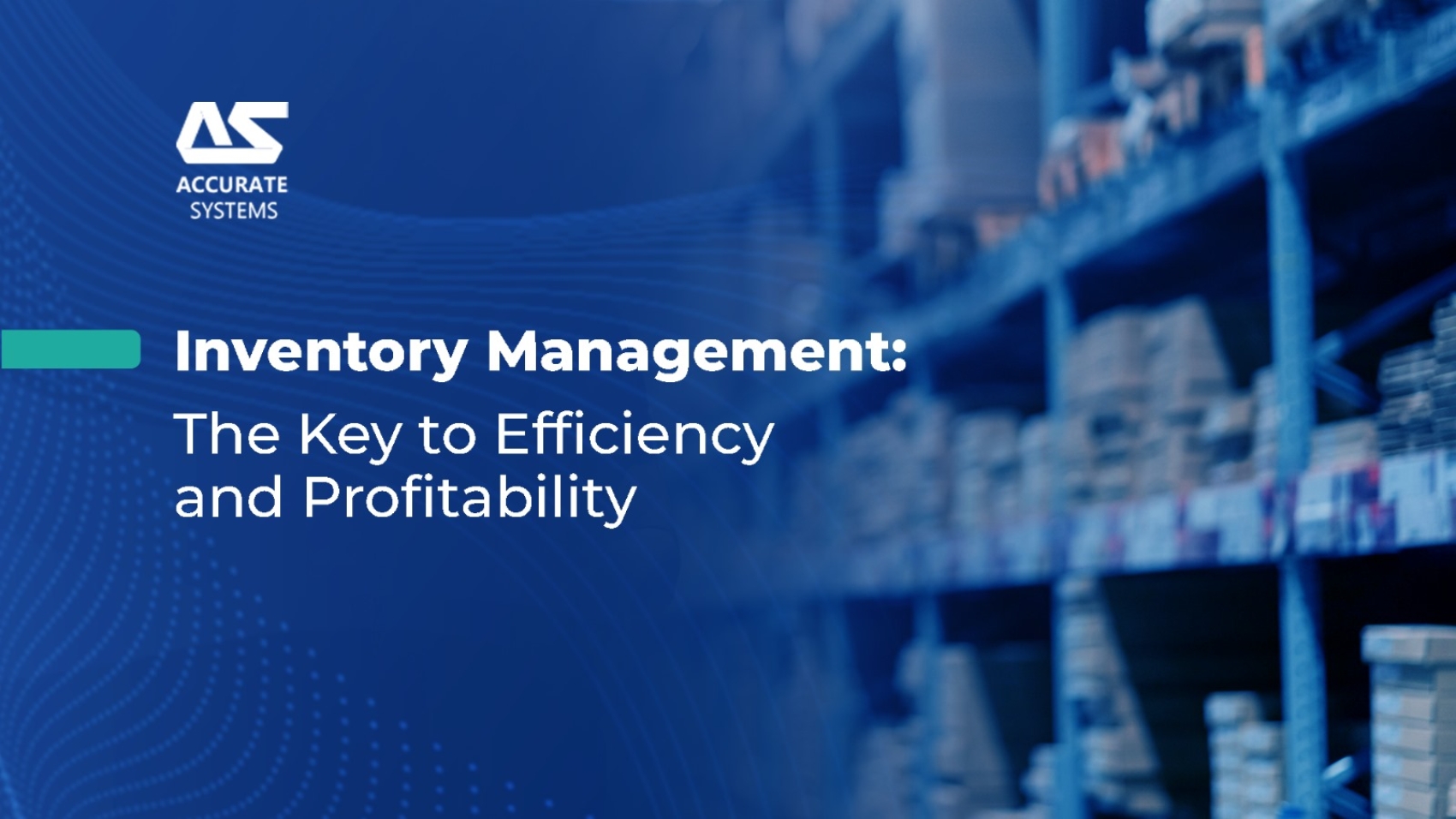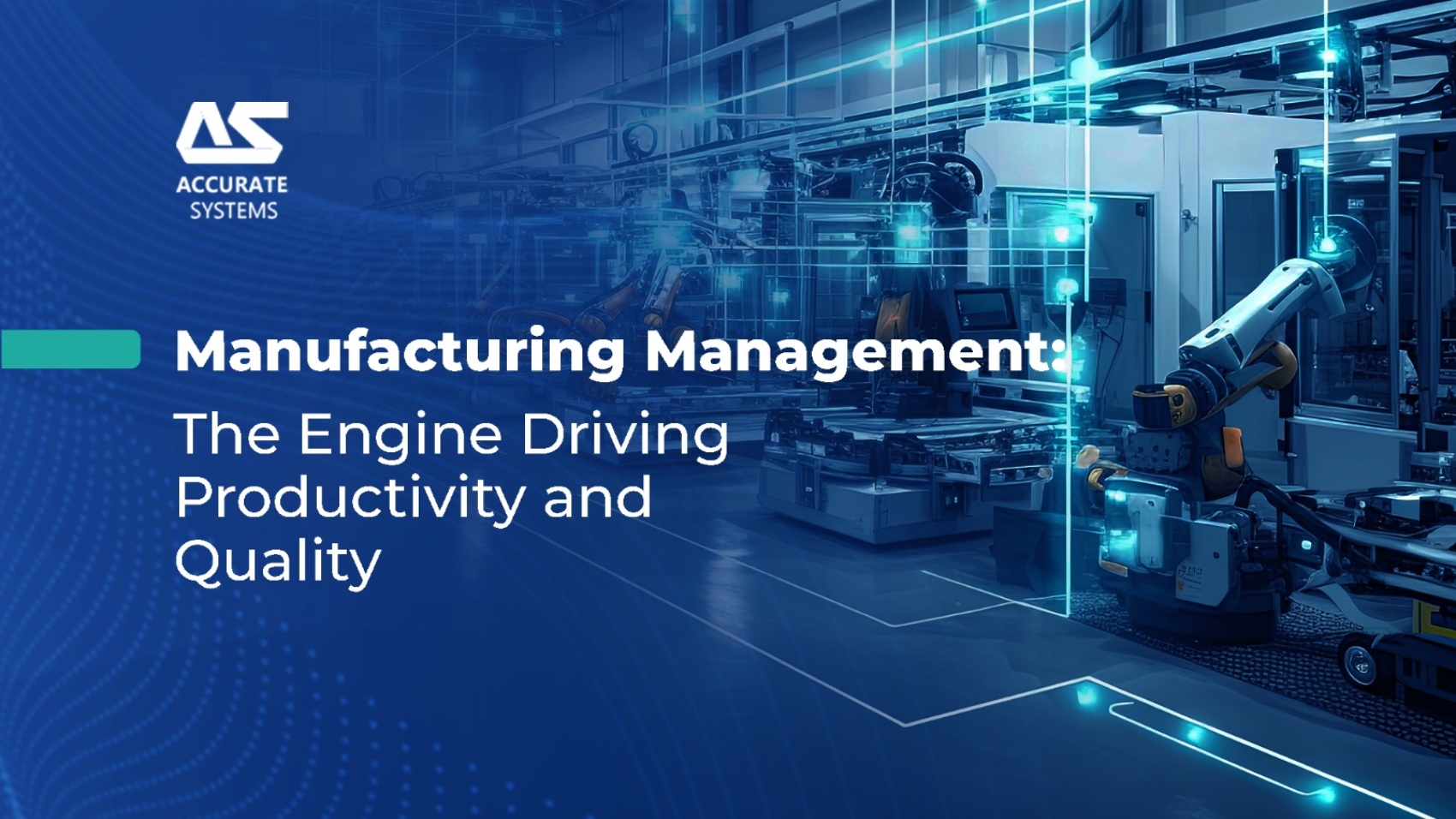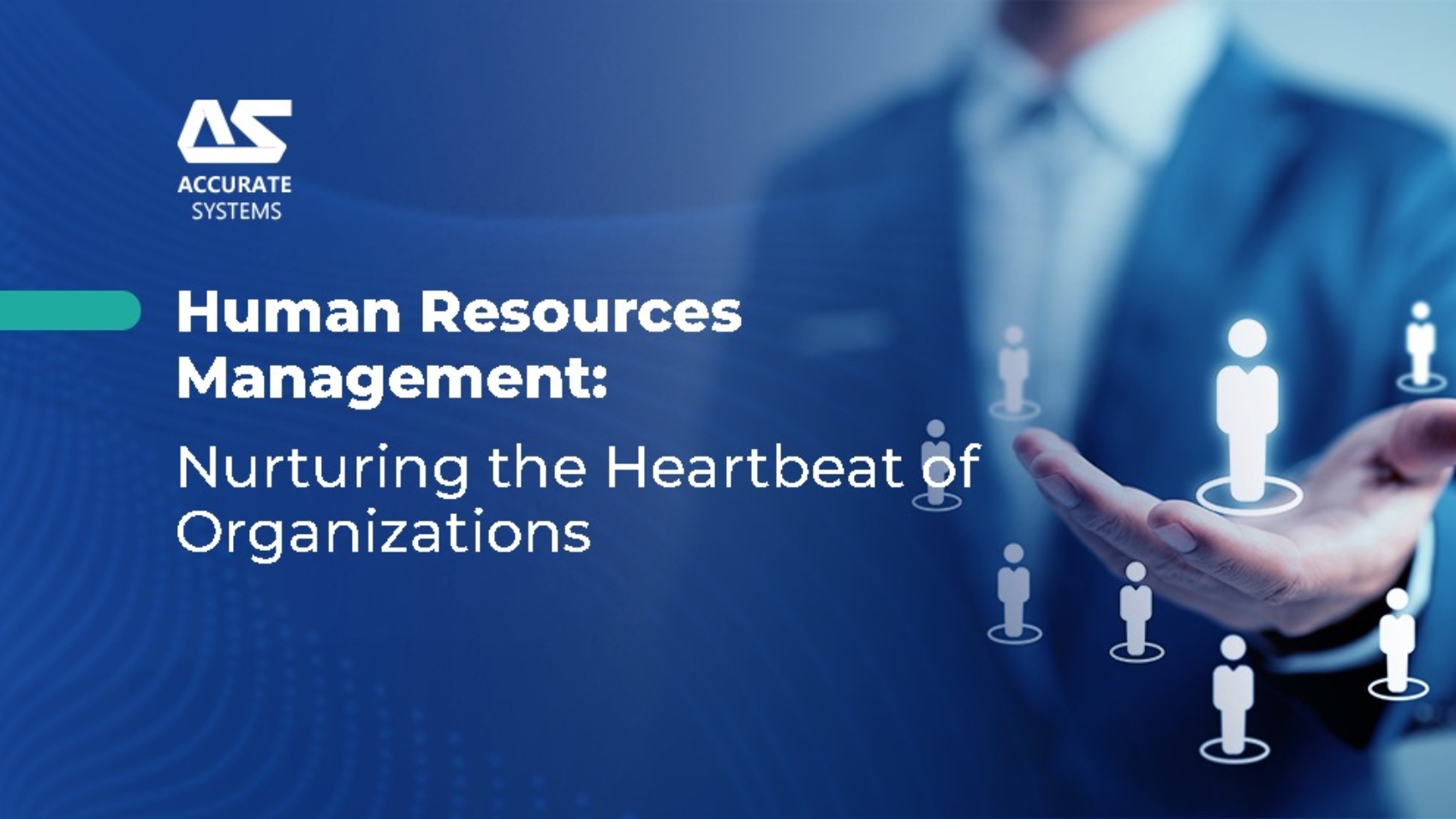تعتبر صناعة التصنيع عمود الاقتصاد العالمي، حيث تنتج السلع التي تغذي الاقتصادات وتدفع عجلة التقدم. في المشهد الحالي السريع والمنافس بشدة، تسعى شركات التصنيع باستمرار إلى وسائل لتحسين عملياتها وتقليل التكاليف وزيادة الإنتاجية. ظهرت أنظمة تخطيط موارد المؤسسات (ERP) كأدوات قوية لتحقيق هذه الأهداف. يستكشف هذا المقال الدور الحاسم لأنظمة ERP في صناعة التصنيع، مركزًا على إنشاء واستخدام لوحات المعلومات لتبسيط العمليات وتحسين عملية اتخاذ القرار وزيادة الكفاءة.
أهمية أنظمة ERP في صناعة التصنيع:
تتضمن عملية التصنيع شبكة معقدة من الأنشطة، بدءًا من إدارة سلسلة التوريد وتخطيط الإنتاج إلى مراقبة المخزون وضمان الجودة. تعتبر أنظمة ERP الجهاز العصبي المركزي لشركات التصنيع، حيث تدمج هذه العمليات المتنوعة في منصة موحدة. تسهل هذه التكامل مشاركة البيانات في الوقت الحقيقي، وتقلل من عزل البيانات، وتعزز من التواصل بين الأقسام. نتيجة لذلك، يمكن للمصنعين اتخاذ قرارات مستنيرة، والاستجابة للتغييرات في السوق بسرعة، وتحسين استخدام مواردهم.
قوة لوحات المعلومات في التصنيع:
لوحات المعلومات هي الجزء الأمامي المرئي لأنظمة ERP، حيث تقدم للمصنعين نظرة عامة على عملياتهم. تجمع هذه العروض الديناميات بيانات حيوية وتقدمها بتنسيق يمكن فهمه. تجمع لوحات المعلومات هذه بيانات الإنتاج والجودة وإدارة المخزون والأداء في مكان واحد، مما يساعد على اتخاذ قرارات سريعة ودقيقة وفهم أفضل لأداء عمليات التصنيع.
الاستفادة من لوحات المعلومات في التصنيع:
لوحات المعلومات توفر مزايا كبيرة لشركات التصنيع. تساعد على:
- متابعة الأداء: يمكن للمديرين والقادة رصد أداء المصنع ومتابعة الإنتاجية والجودة في الوقت الحقيقي.
- اتخاذ القرارات الأفضل: يمكن للوحات المعلومات توفير بيانات دقيقة وتحليلات متقدمة تساعد على اتخاذ قرارات مستنيرة بشأن التخطيط والإنتاج.
- زيادة الكفاءة: من خلال رصد العمليات وتحسينها باستمرار، يمكن تحقيق زيادة في الكفاءة وتقليل التكاليف.
تلعب أنظمة ERP ولوحات المعلومات دورًا حاسمًا في تحسين أداء شركات التصنيع. يسهم هذا التكامل والتصور البصري في تبسيط العمليات وتعزيز الكفاءة. مع تطور التكنولوجيا، ستظل لوحات المعلومات تلعب دورًا متزايد الأهمية في مجال التصنيع، حيث تمكن الشركات من التفوق في بيئة تنافسية متغيرة باستمرار.











